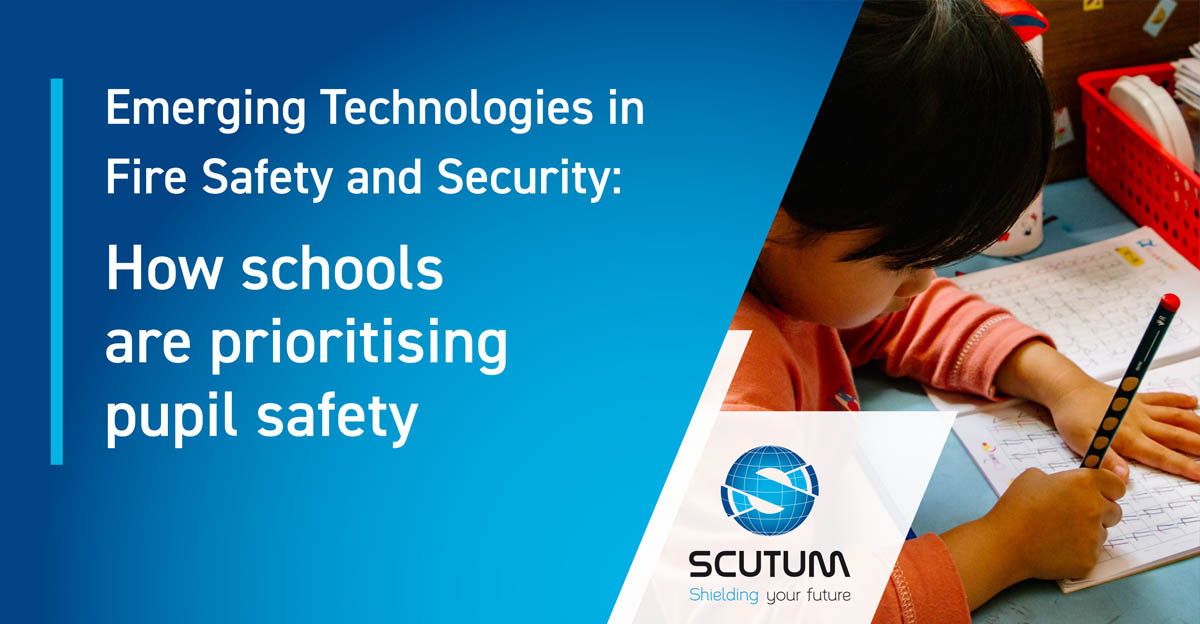
The Rising Priority of Security Technology in UK Schools: Safeguarding Pupil Safety
In today’s dynamic world, where safety concerns at educational institutions are ever-present, UK schools are increasingly investing in advanced security technologies to ensure pupil safety. This move is in line with government guidelines and recommendations and addresses key concerns shared by schools and education providers across the country.
Balancing an Open and Secure Environment
According to the UK government, when delineating a school’s health and safety, and security plan, there are certain aspects that must be considered. The plan should:
- Reflect the balance between maintaining an open and welcoming environment for learners, parents, and the wider community while safeguarding them from potential harm.
- Cultivate a culture wherein staff and students grasp the importance of being vigilant about their own safety and the security of others.
- Display a comprehensive understanding of the challenges that could adversely affect the school, college, or broader community.
Educating the Youth
Furthermore, to instil security awareness among young learners, Counter Terrorism Policing has joined hands with the PSHE Association and Girlguiding to devise ‘ACT for Youth.’ This Run Hide Tell resource pack offers a myriad of tools such as lesson plans, posters, and short films. Schools and colleges are encouraged to integrate this toolkit to enlighten students about the implications of violent crimes and terrorist activities.
Safety Measures in Crowded Spaces
The government underscores the importance of factoring in crowded places in security planning. In certain scenarios, video surveillance becomes pivotal to ensure that pupils within the school premises are safe not just from external threats but also potential internal disputes.
Risk Assessments and Concerns
The Department for Education (DFE) emphasises that schools should adopt a methodical approach, akin to a Health and Safety survey and risk assessment, when contemplating security. This entails gauging the type, frequency, and likelihood of potential incidents and subsequently devising strategies to mitigate or completely nullify these risks.
In a nationwide consultation with schools, predominant concerns centred around threats from intruders and serious crimes, such as drug-related activities and weapon possession in or near educational establishments.
Innovative Preventative Measures
The consultation further delved into innovative measures schools have employed to counteract security threats. While some schools have yet to implement advanced preventative strategies, those that did, highlighted:
- Remodelling of entrances
- Installation of panic buttons, magnetic locks, and metal detectors
- Greater staff involvement in policy formulation and execution
- Student participation in security measures like ID verification
- Enhanced lockdown procedures
- Collaborative initiatives with the local community
- Online anonymous reporting systems
Local authorities have also endorsed the use of whistleblowing policies and collaboration with police and other entities as vital preventative measures.
The Collaborative Approach to Safety
Several schools have liaised with Private Finance Initiative providers, focusing on reassessing security measures. This includes ensuring that educational facilities are not only well-maintained but also equipped with appropriate lighting, CCTV cameras, and cutting-edge front-of-building security.
Scutum Group UK, cognisant of the delicate nature of security in learning environments, offering bespoke empathetic security designs tailored for the education sector. We firmly believe that while security is paramount, it should not be obtrusive. The goal is to foster a sense of safety without distracting from the primary objective of learning. Ideally, security measures should be seamlessly woven into the fabric of educational operations, acting as an unobtrusive shield.
In addition to the government-led consultations, it was discerned that most schools and colleges collaborate primarily with local authorities and MATs. They often engage with various local projects and programmes geared towards crime prevention, community policing, and safeguarding.
Conclusion
As UK schools continue to prioritise the safety and well-being of their pupils, it becomes evident that a blend of government guidelines, advanced technology, and collaborative efforts are shaping the future of security in educational institutions. At Scutum Group UK, we are committed to fortifying this mission, ensuring that students can learn in an environment where safety complements, rather than compromises, the essence of education.
